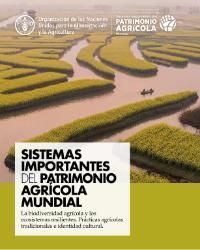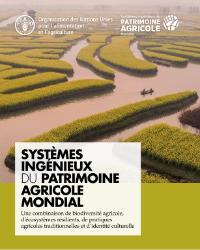نُظُم التراث الزراعي ذات الأهمية العالمية
قامت منظمة الأغذية والزراعة بوضع " نُظُم التراث الزراعي ذات الأهمية العالمية" للمساعدة في صون نُظُم الزراعة التقليدية البارزة وإدارتها إدارة متكيفة. وتعتمد هذه النُظُم على الممارسات الزراعية التي تعود إلى قرون والمعارف المتراكمة على مدى قرون للتكيف مع السمات الفريدة للمناظر الطبيعية المحلية وإنشاء نُظُم بيئية غنية بالتنوع البيولوجي والمرونة وذات طابع مميز.








